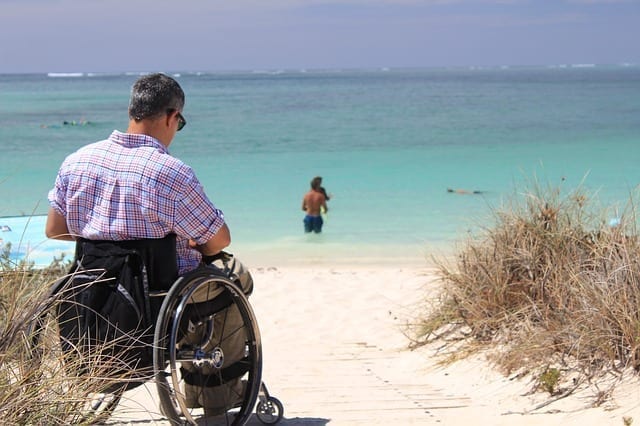According to a study published in the journal Neurology, a measure called the vastus lateralis fat fraction was found to be useful in predicting the age at which a patient living with Duchenne muscular dystrophy would experience loss of ambulation (movement ability). The disorder progresses at different rates in each patient, making predicting progression very difficult. Vastus lateralis fat fraction was calculated with data from quantitative MRI (qMRI) scans. A total of 89 MRIs from 34 patients were included as part of the study.
About Duchenne Muscular Dystrophy (DMD)
Duchenne muscular dystrophy is a neuromuscular disease, and it is one of the more severe types of muscular dystrophy. It is characterized by progressive muscle weakness that usually begins around age four and worsens quickly. As an X-linked genetic disease, boys are mostly affected, with girls only occasionally displaying mild symptoms. The disease is caused by mutations of the dystrophin gene. Symptoms of Duchenne muscular dystrophy include falling, abnormal walking posture, eventual loss of walking ability, muscle fiber deformities, intellectual disability (not in all cases), enlargement of the tongue and calf muscles, skeletal deformities, muscle atrophy, heart abnormalities, and difficulty with breathing. Treatment includes a variety of medications and therapies that can help alleviate symptoms and slow disease progression. Lifespan is usually into the thirties with good care. Better treatments for this disease are urgently needed. To learn more about Duchenne muscular dystrophy, click here.
About the Study
Patients were recruited from either Leiden University Medical Center (LUMC) or Cincinnati Children’s Hospital Medical Center (CCHMC). At LUMC, MRIs were conducted at the start of the study, one year later, two years later, and 30 months later. At CCHMC, scans were conducted at the beginning, six months later, a year later, and 18 months later. Loss of ambulation was defined as being unable to walk five meters without aids or assistance.
A total of seven patients from LUMC and three from CCHMC experienced loss of ambulation during the study course; on average, LUMC patients lost movement at an earlier age, partially because recruitment there did not exclude patients based on a certain threshold of mobility. The study found that patients with a higher vastus lateralis fat fraction score regardless of age were more likely to suffer mobility loss. This supports the use of this measure in clinical trials and has potential advantages over other methods like the six minute walk test.








